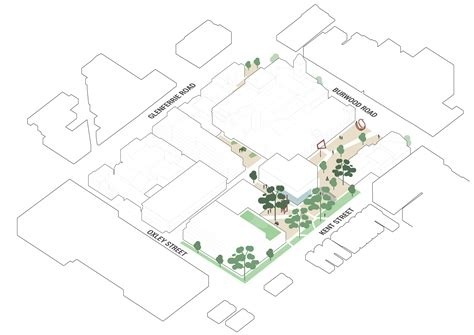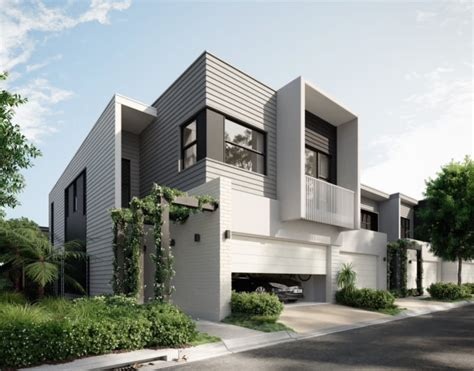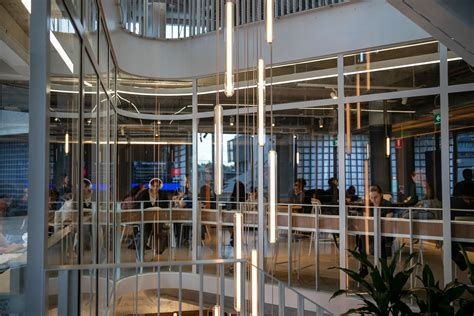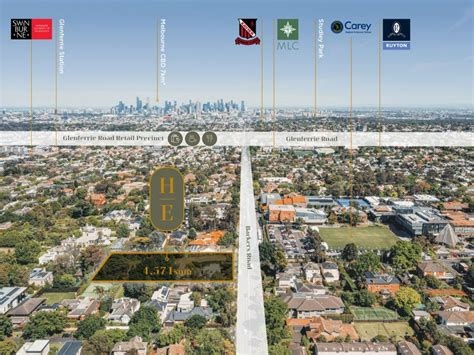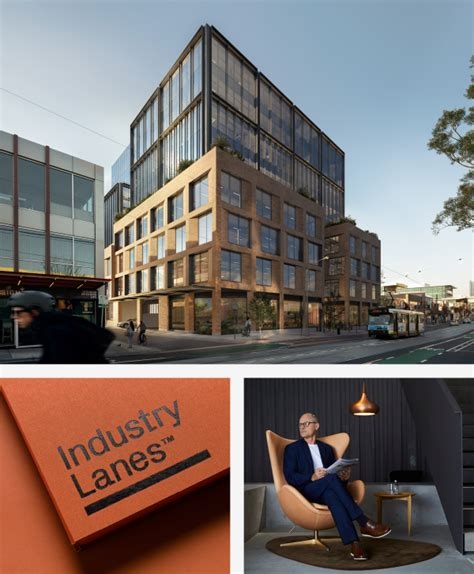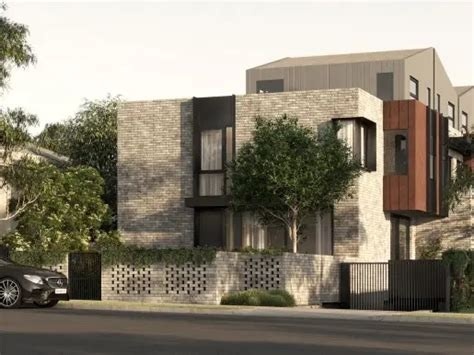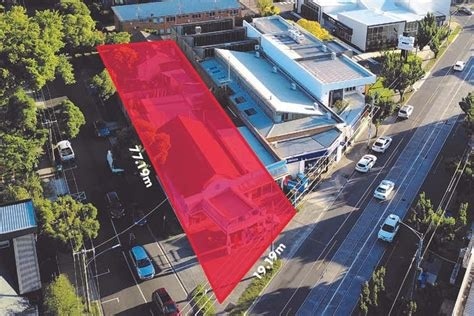Chart Color Schemes
est. as @ -- *
ABS ERP | -- people | --
2021 Census | -- people
Sales Activity
Curious about local property values? Filter the chart to assess the volume and appreciation (including resales) trends and regional comparisons, or scroll to the map below view this information at an individual property level.
Find a Recent Sale
Sales Detail
Population
Hawthorn - North is positioned among the lower quartile of areas assessed nationally for population growth based on AreaSearch's assessment of recent, and medium term trends
Hawthorn - North's population is around 10,848 as of Aug 2025. This reflects an increase of 958 people since the 2021 Census, which reported a population of 9,890 people. The change is inferred from the estimated resident population of 10,820 from the ABS as of June 2024 and an additional 36 validated new addresses since the Census date. This level of population equates to a density ratio of 4,409 persons per square kilometer, which lies in the top 10% of national locations assessed by AreaSearch. Hawthorn - North's growth rate of 9.7% since the 2021 census exceeded both the SA3 area (6.8%) and the SA4 region, marking it as a growth leader in the region. Overseas migration contributed approximately 86.2% of overall population gains during recent periods.
AreaSearch is adopting ABS/Geoscience Australia projections for each SA2 area, released in 2024 with 2022 as the base year. For areas not covered by this data, AreaSearch utilises the VIC State Government's Regional/LGA projections released in 2023, adjusting with a method of weighted aggregation of population growth from LGA to SA2 levels. Growth rates by age group are applied across all areas for years 2032 to 2041. Based on latest population numbers, the area is expected to grow by 1,272 persons to 2041, recording a gain of 11.5% in total over the 17 years.
Frequently Asked Questions - Population
Development
The level of residential development activity in Hawthorn - North is very low in comparison to the average area assessed nationally by AreaSearch
Hawthorn - North has seen approximately 26 new homes approved annually. Development approval data is produced by the Australian Bureau of Statistics on a financial year basis, totalling 134 approvals from Financial Year 2020-21 to Financial Year 2025-26. No approvals have been recorded so far in Financial Year 2026-27. The population has fallen during this period, suggesting new supply may be keeping up with demand and offering good choice for buyers.
New dwellings are developed at an average expected construction cost of $2,396,000, indicating developers focus on the premium market with high-end developments. There have been $3.5 million in commercial approvals this financial year, suggesting the area's residential character. Compared to Greater Melbourne, Hawthorn - North shows significantly reduced construction activity, 78.0% below the regional average per person. This constrained new construction typically reinforces demand and pricing for existing properties. This level is also lower than nationally, reflecting market maturity and possible development constraints. Recent construction comprises 42.0% detached houses and 58.0% medium to high-density housing, creating more affordable entry points and suiting downsizers, investors, and first-home buyers.
The location has approximately 1267 people per dwelling approval, indicating an established market. Future projections estimate Hawthorn - North will add 1,244 residents by 2041. If current development rates continue, housing supply may not keep pace with population growth, potentially increasing competition among buyers and supporting stronger price growth.
Frequently Asked Questions - Development
Infrastructure
Hawthorn - North has very high levels of nearby infrastructure activity, ranking in the top 10% nationally
Changes to local infrastructure significantly affect an area's performance. AreaSearch has identified 32 such projects, which could impact the area. Key projects include Scotch Hill Gardens, Richmond Riverside, Swinburne University Campus Heart Development, and Glenferrie Place Plan Implementation. The following list details those likely most relevant.
Professional plan users can use the search below to filter and access additional projects.
INFRASTRUCTURE SEARCH
Frequently Asked Questions - Infrastructure
Metro Tunnel Project
The Metro Tunnel Project involves twin 9km rail tunnels under Melbourne's CBD, connecting Pakenham and Cranbourne lines with Sunbury, Dandenong, and Werribee lines. It includes five new underground stations: Arden, Parkville, State Library, Town Hall, and Anzac. The project will deliver a high-frequency, turn-up-and-go rail service, bypassing Flinders Street and Southern Cross stations, with completion expected in late 2025.
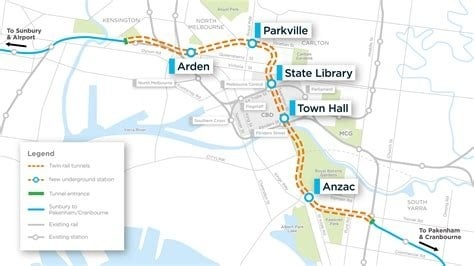
Hawthorn Station Activity Centre Development
Activity centre development around Hawthorn Station with focus on transport-oriented development as part of the Victorian Government's expanded Activity Centre Program. Plans include medium-density housing, commercial spaces, improved station facilities, and enhanced pedestrian connectivity to surrounding areas. Part of the state government's plan to deliver 300,000 new homes around train and tram lines by 2051.
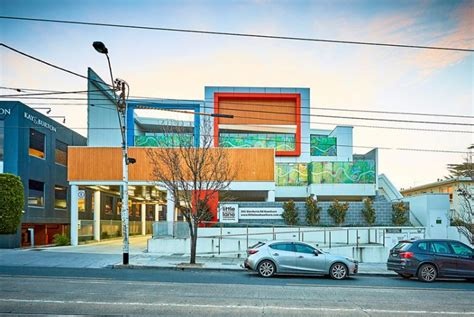
Glenferrie Station Activity Centre Development
Activity centre development around Glenferrie Station as part of state government housing program. Plans for increased medium-density housing with new planning controls for buildings up to 6 storeys within catchment area. Includes public transport improvements and pedestrian connectivity.
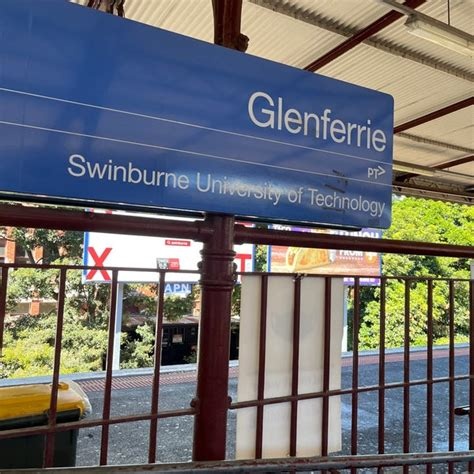
141 Camberwell Road Mixed Use Development
A $175 million mixed-use development featuring a 10,249sqm NLA A-Grade office building with 360-degree views including Melbourne CBD skyline, integrated with 365 residential apartments across 6 buildings ranging from 3 to 8 storeys. The development includes 304 car parking bays and at least 10% affordable housing component. Also known as CV@141 Camberwell Road, designed by Elenberg Fraser and built by Pamato Corporation. Located adjacent to Camberwell Junction shopping precinct and within 300m of Camberwell Station.
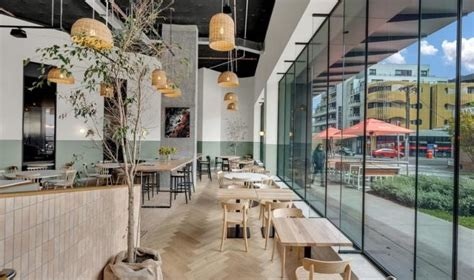
Kew Recreation Centre Redevelopment
Major redevelopment of the Kew Recreation Centre by the City of Boroondara. The new facility will feature a 10-lane 25-metre pool, a warm-water pool, an aqua play area, two indoor sports courts, a gymnasium, and underground parking. Construction is ongoing following a delay due to a roof structure collapse in 2022. The project aims to provide modern, accessible, and state-of-the-art sports and recreation facilities for the community. The new centre is also set to become an all-electric facility.
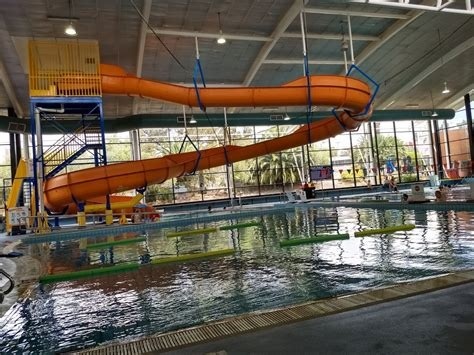
Scotch Hill Gardens
$550 million residential development by Hamton Property Group on former University of Melbourne Hawthorn Campus site. Six buildings comprising 365 boutique apartments with nature-based design, wellness amenities including Bath House with vitality pool, cold plunge, sauna and salt room. Project includes 40% green space with 77 mature trees preserved and 10% affordable housing component. First proposed carbon-neutral development for City of Boroondara. Construction expected to commence in 2025 with completion in late 2027. Display suite located at 147 Robinson Road.
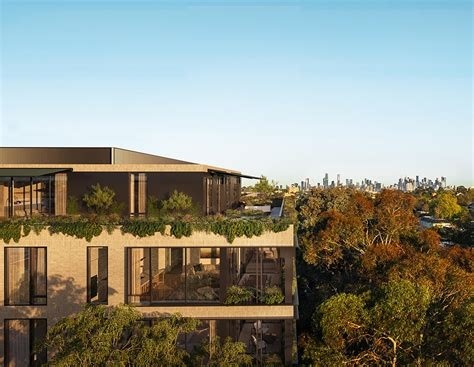
Swinburne University Campus Heart Development
Multi-storey development to become student-focused hub between Library and BA buildings. Designed by architectural firm to enhance student experience and campus connectivity.
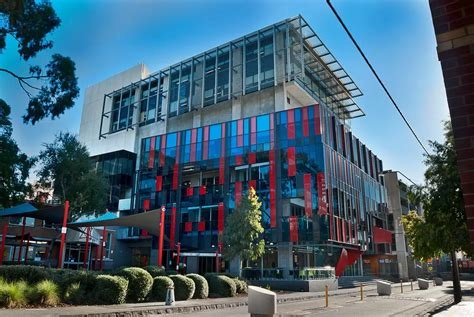
Echo Hawthorn (Passive House Townhouses)
Australia's first off-the-plan certified Passive House project featuring 8 north-facing townhouses with private lifts and garages. Targeting net-zero energy outcomes with sustainable building materials.
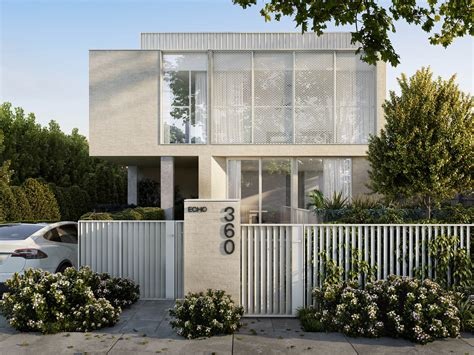
Employment
Employment performance in Hawthorn - North has been broadly consistent with national averages
Hawthorn - North has an educated workforce with professional services well represented. The unemployment rate was 4.2% in the past year, with estimated employment growth of 3.4%.
As of June 2025, 6959 residents are employed at a rate of 0.5% below Greater Melbourne's 4.6%, and workforce participation is 69.7% compared to Greater Melbourne's 64.1%. Dominant sectors include professional & technical, health care & social assistance, and education & training. Specialization in professional & technical is strong at 1.8 times the regional level, while construction has limited presence at 4.7% compared to 9.7% regionally. The worker-to-resident ratio of 0.7 indicates above-normal local employment opportunities.
Between June 2024 and June 2025, employment levels increased by 3.4%, labour force grew by 2.9%, lowering the unemployment rate by 0.4 percentage points. In comparison, Greater Melbourne recorded employment growth of 3.5%, labour force growth of 4.0%, with unemployment rising by 0.5 percentage points. State-level data to Sep-25 shows VIC employment grew by 1.08% year-on-year, with the state unemployment rate at 4.7%. National employment forecasts from May 2025 project a 6.6% increase over five years and 13.7% over ten years. Applying these projections to Hawthorn - North's employment mix suggests local growth of approximately 7.4% over five years and 14.9% over ten years, using simple weighting extrapolation for illustrative purposes.
Frequently Asked Questions - Employment
Income
Income metrics indicate excellent economic conditions, with the area achieving higher performance than 75% of national locations assessed by AreaSearch
According to AreaSearch's aggregation of ATO data released for financial year 2022, Hawthorn-North had a median income among taxpayers of $66,524 and an average level of $151,483. These figures place Hawthorn-North in the top percentile nationally compared to Greater Melbourne's median of $54,892 and average of $73,761. Based on Wage Price Index growth of 10.11% since financial year 2022, current estimates for Hawthorn-North would be approximately $73,250 (median) and $166,798 (average) as of March 2025. Census data reveals that household, family, and personal incomes in Hawthorn-North rank highly nationally, between the 83rd and 92nd percentiles. The earnings profile shows that 29.1% of residents (3,156 people) fall within the $1,500 - $2,999 bracket, similar to the metropolitan region where 32.8% occupy this range. A substantial proportion of high earners (39.6%) in Hawthorn-North indicates strong economic capacity throughout the suburb. Housing accounts for 14.9% of income, and residents rank within the 84th percentile for disposable income. The area's SEIFA income ranking places it in the 10th decile.
Frequently Asked Questions - Income
Housing
Hawthorn - North features a more urban dwelling mix with significant apartment living, with a higher proportion of rental properties than the broader region
In Hawthorn-North, as per the latest Census evaluation, 28.2% of dwellings were houses while 71.7% were other types such as semi-detached homes, apartments, and 'other' dwellings. In contrast, Melbourne metropolitan area had 55.5% houses and 44.5% other dwellings. Home ownership in Hawthorn-North stood at 30.4%, with mortgaged properties at 25.7% and rented dwellings at 43.9%. The median monthly mortgage repayment was $2,800, lower than Melbourne metro's average of $3,000. Median weekly rent in Hawthorn-North was $401 compared to Melbourne metro's $451. Nationally, Hawthorn-North's mortgage repayments were higher at $2,800 against the Australian average of $1,863, and rents exceeded the national figure of $375 at $401.
Frequently Asked Questions - Housing
Household Composition
Hawthorn - North features high concentrations of group households and lone person households, with a lower-than-average median household size
Family households constitute 58.5% of all households, including 24.6% couples with children, 26.4% couples without children, and 6.0% single parent families. Non-family households account for the remaining 41.5%, with lone person households at 33.6% and group households making up 7.9%. The median household size is 2.2 people, which is smaller than the Greater Melbourne average of 2.5.
Frequently Asked Questions - Households
Local Schools & Education
Educational achievement in Hawthorn - North places it within the top 10% nationally, reflecting strong academic performance and high qualification levels across the community
Educational attainment in Hawthorn - North is significantly higher than broader benchmarks. 59.9% of residents aged 15+ have university qualifications, compared to 30.4% nationally and 33.4% state-wide. Bachelor degrees are the most common at 37.5%, followed by postgraduate qualifications (17.3%) and graduate diplomas (5.1%). Vocational pathways account for 16.6% of qualifications, with advanced diplomas making up 9.1% and certificates 7.5%.
Educational participation is high, with 33.2% of residents currently enrolled in formal education. This includes 14.0% in tertiary education, 6.8% in primary education, and 6.8% pursuing secondary education. Hawthorn West Primary School serves the area, with an enrollment of 472 students. The neighborhood demonstrates exceptional educational performance (ICSEA: 1166), placing local schools among the most advantaged nationally. There is one school focused exclusively on primary education, with secondary options available in surrounding areas. Local school capacity is limited at 4.4 places per 100 residents compared to the regional average of 19.3, leading many families to seek schooling nearby.
Frequently Asked Questions - Education
Schools Detail
Nearby Services & Amenities
Transport
Transport servicing is good compared to other areas nationally based on assessment of service frequency, route connectivity and accessibility
Hawthorn - North has 25 active public transport stops. These are a mix of train, light rail, and bus services. There are 10 individual routes operating in total.
They provide 4,224 weekly passenger trips combined. Transport accessibility is rated good, with residents located an average of 219 meters from the nearest stop. Service frequency averages 603 trips per day across all routes, which equates to approximately 168 weekly trips per individual stop.
Frequently Asked Questions - Transport
Transport Stops Detail
Health
Hawthorn - North's residents boast exceedingly positive health performance metrics with very low prevalence of common health conditions across all age groups
Hawthorn - North shows excellent health outcomes with a very low prevalence of common conditions across all ages. Private health cover is high at approximately 87% (9,416 people), compared to Greater Melbourne's 77.7%. Nationally, it stands at 55.3%.
Mental health issues and asthma are the most prevalent conditions, affecting 9.0 and 7.8% respectively. Overall, 73.4% of residents report no medical ailments, similar to Greater Melbourne's 73.8%. The area has a lower proportion of seniors (14.7%, or 1,594 people) compared to Greater Melbourne at 19.4%. Despite this, health outcomes among seniors in Hawthorn - North are particularly strong and outperform the general population in health metrics.
Frequently Asked Questions - Health
Cultural Diversity
Hawthorn - North was found to be more culturally diverse than the vast majority of local markets in Australia, upon assessment of a range of language and cultural background related metrics
Hawthorn-North was found to have a higher cultural diversity than most local markets, with 25.9% of its population born overseas and 18.3% speaking a language other than English at home. Christianity is the predominant religion in Hawthorn-North, comprising 40.4% of its population. However, Judaism is notably overrepresented, making up 0.6% compared to 0.9% across Greater Melbourne.
The top three ancestry groups are English (25.2%), Australian (20.2%), and Irish (11.5%). Notably, Hungarian (0.5%) and Polish (1.0%) are overrepresented in Hawthorn-North compared to the regional averages of 0.3% and 0.8%, respectively, while Sri Lankan representation is slightly lower at 0.6%.
Frequently Asked Questions - Diversity
Age
Hawthorn - North's population is younger than the national pattern
Hawthorn-North's median age is 34 years, which is lower than Greater Melbourne's average of 37 years and considerably younger than Australia's median age of 38 years. Compared to Greater Melbourne, Hawthorn-North has a higher concentration of residents aged 15-24 (21.4%) but fewer residents aged 5-14 (7.7%). This 15-24 concentration is well above the national average of 12.5%. Between the 2016 and 2021 censuses, Hawthorn-North's median age dropped from 35 to 34 years. The population aged 15 to 24 grew from 15.8% to 21.4%, while the 75 to 84 cohort increased from 4.8% to 5.9%. Conversely, the 35 to 44 age group declined from 13.8% to 11.7% and the 5 to 14 age group dropped from 9.4% to 7.7%. By 2041, population forecasts indicate significant demographic changes in Hawthorn-North. The 25 to 34 age cohort is projected to grow by 19%, adding 434 residents to reach a total of 2,670. Meanwhile, both the 5 to 14 and 15 to 24 age groups are expected to decrease in number.
